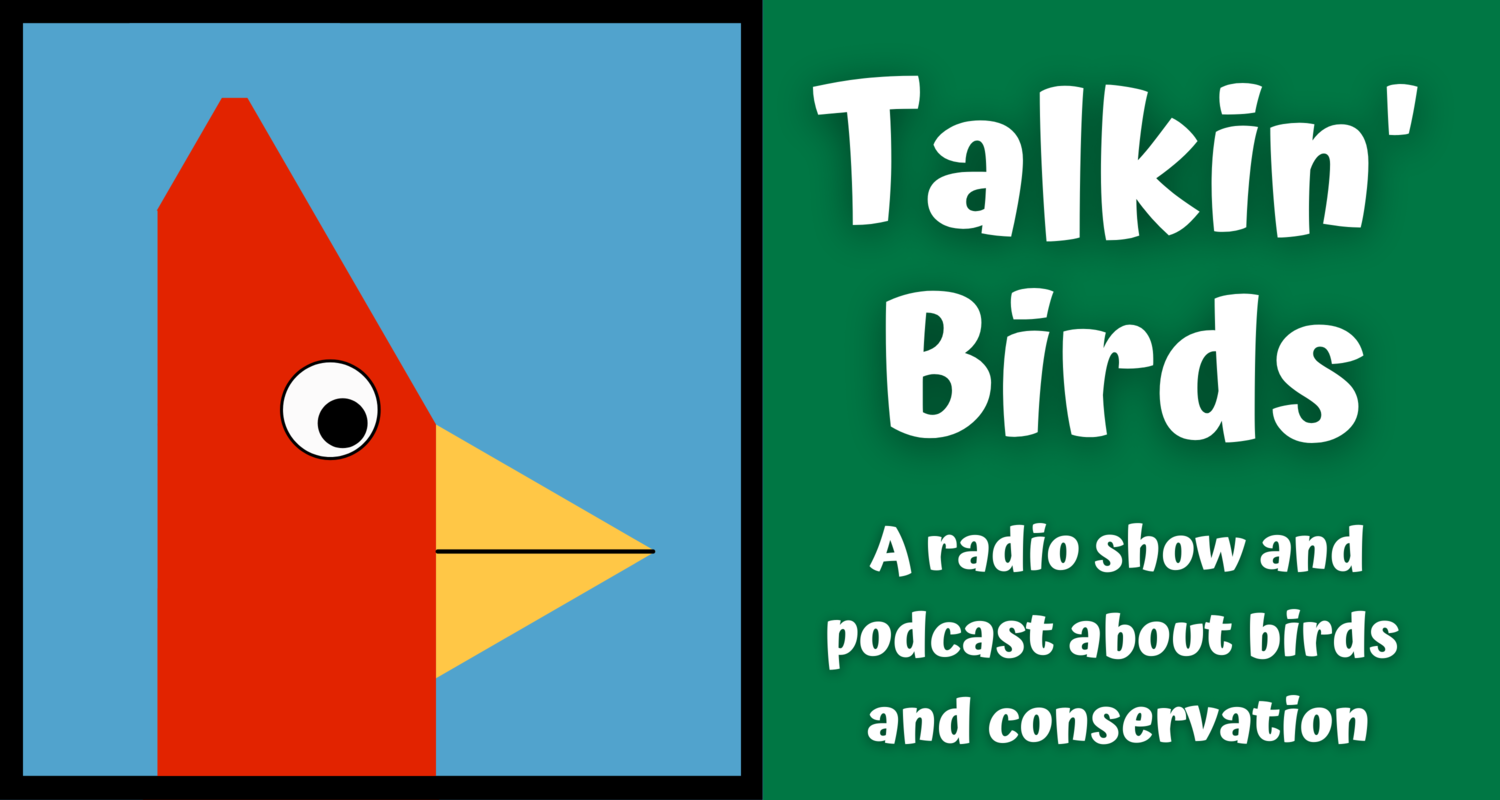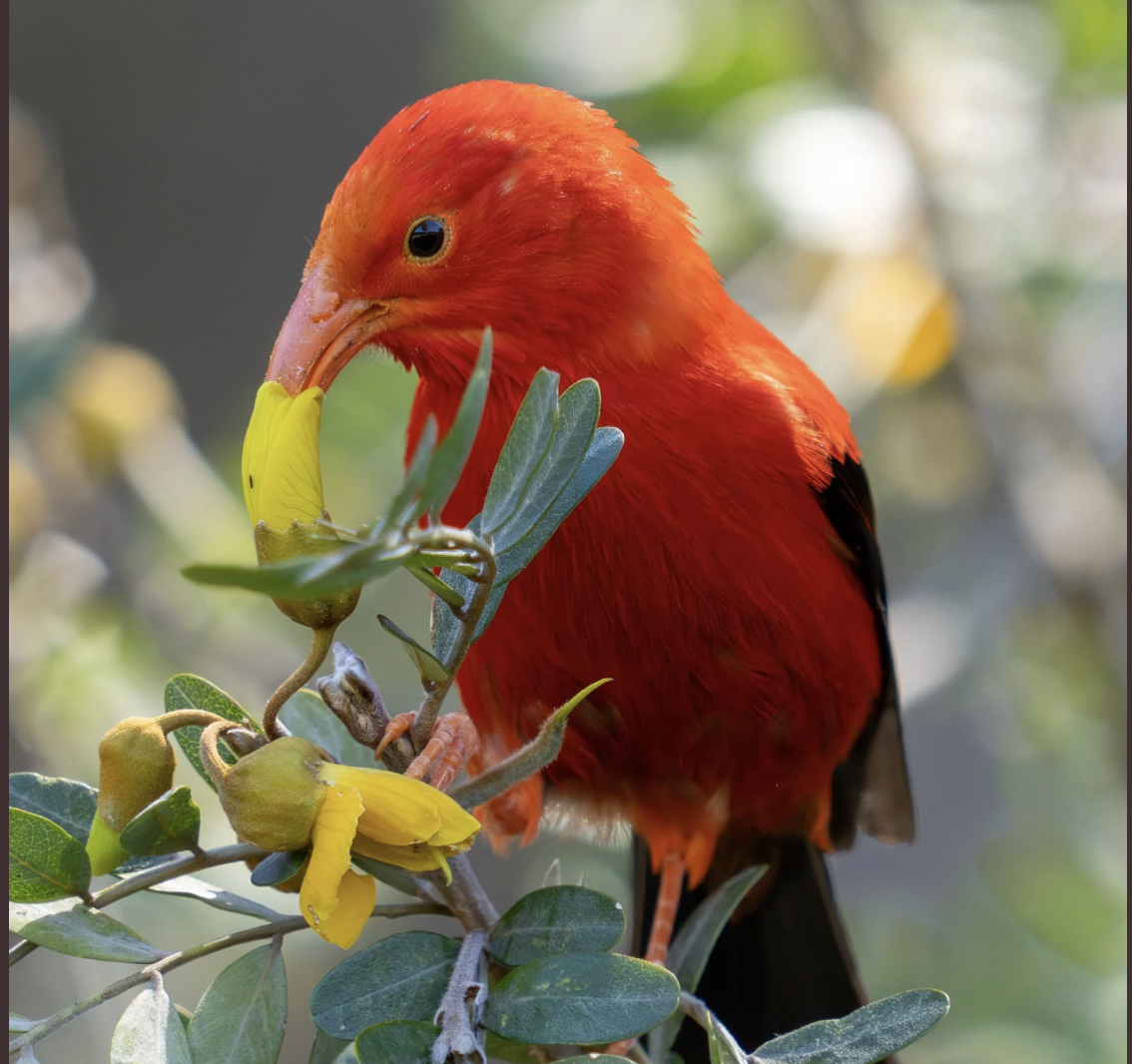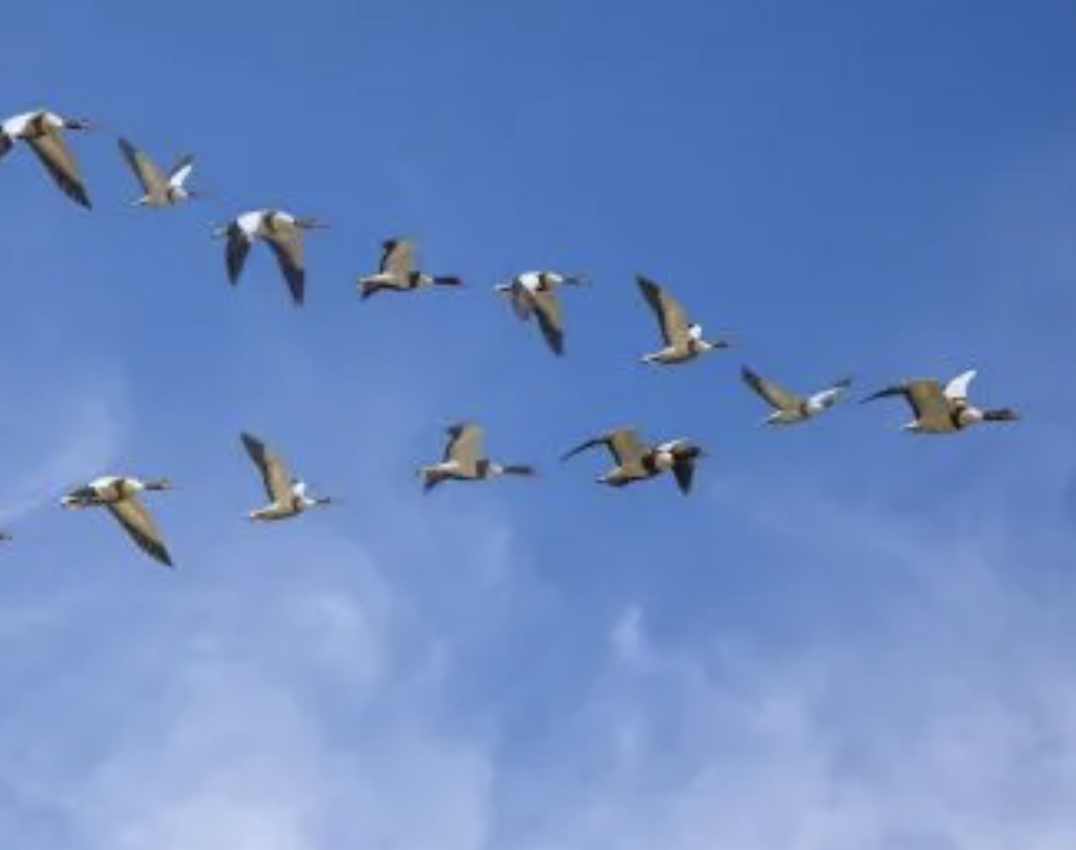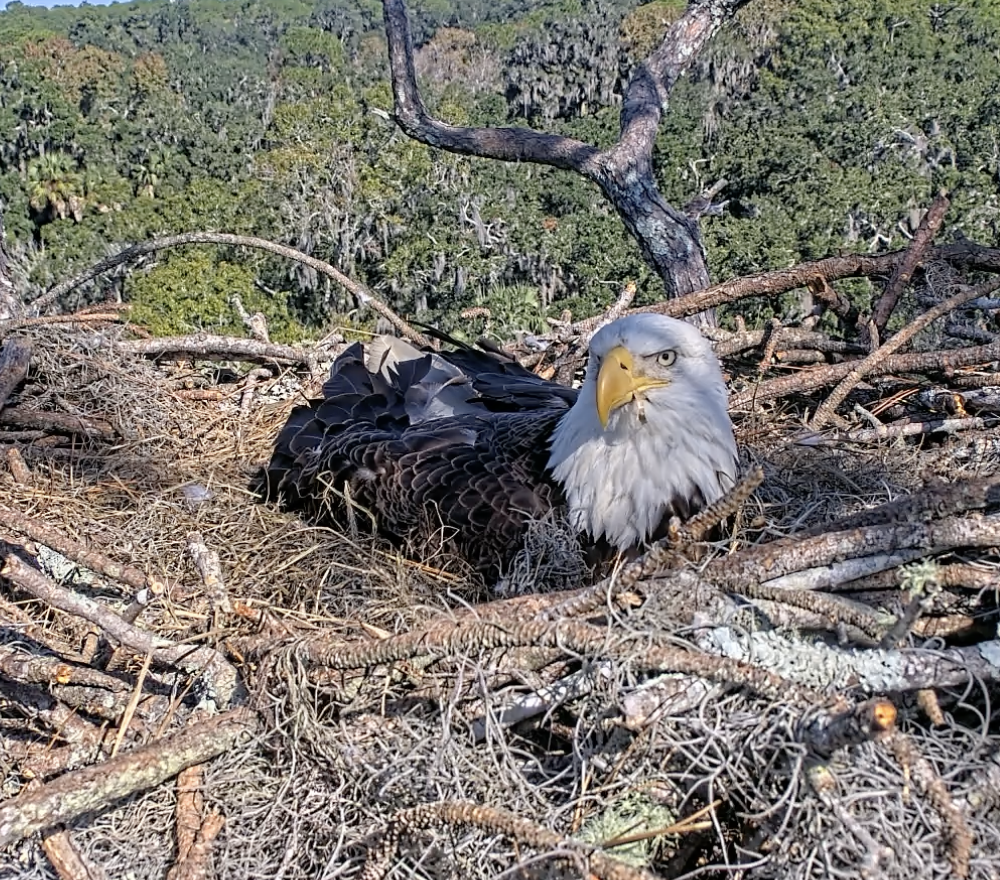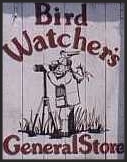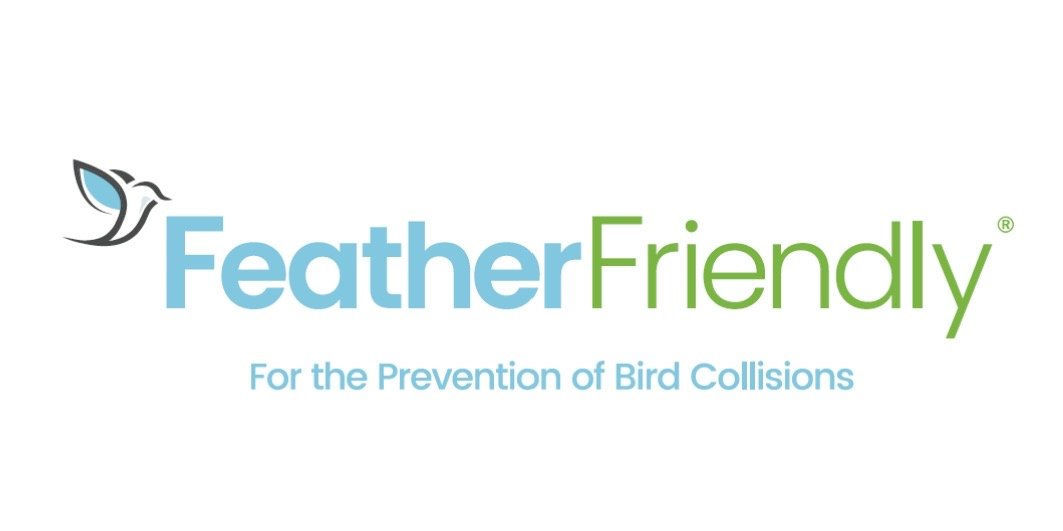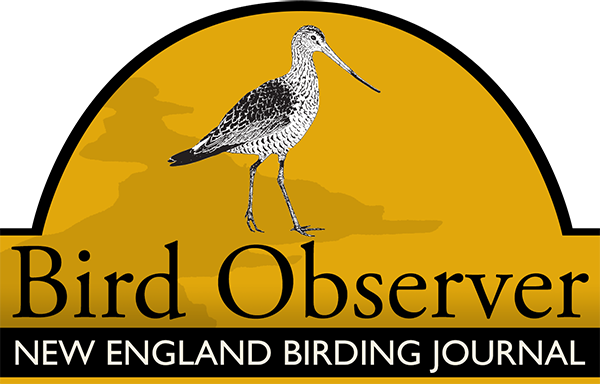Listen to the show live online on Sundays at 9:30am Eastern / 6:30am Pacific, subscribe to the podcast on your favorite platform, and connect with us on social media!
“Thank you for bringing science and community together in a joyful radio show.”
— Colleen, East Walpole, Massachusetts
On our latest show (#1,068 Dec. 14): New research about birds coexisting with wind turbines, and Mike’s gift ideas for bird lovers. Hear it here.
The U.S. Endangered Species Act
The proposed change to the U.S. Endangered Species Act poses major risks to bird populations. The weakened Act would leave at-risk species vulnerable to further declines. Here’s the American Bird Conservancy’s explainer. (12/9)
Scientists sound alarm after noticing new trend affecting migration
irds are having trouble gaining enough fat to power their fall migration journeys. And yes, climate change could be the reason. (12/11)
A newyly discovered rare bird is facing the same risks as the Dodo
A recently discovered bird species from Brazil, the Slaty-masked Tinamou, could face the same fate as the infamous Dodo, scientists warn. This ground-dwelling bird’s unflinching fearlessness toward humans, combined with its limited habitat range, places it in grave danger of extinction. (12/4)
The hunt for Mexico’s rarest bird — that might not even exist
An absorbing narrative about the beautiful Imperial Woodpecker, which -- like America's Ivory-billed Woodpecker -- might be extinct. (12/2)
The Northeast Florida Eagle Cam
When we tuned in to the Northeast Florida (NEFL) Eagle Cam, a Bald Eagle was sitting on the nest as if posing for the camera. Gabrielle and Beau are the nesting pair. Read down the page to learn about their previous nesting seasons. This cam is in Eastern time. (12/10)
This fossil bird choked to death on rocks, and no one knows why
The reason why this bird was swallowing rocks is a mystery, and one that gets into the bigger picture of dinosaur and bird evolution. (12/8)
Snowy feeder cam from Tennessee
A snowy scene for this week's Wednesday webcam. This one's in Nashville, Tennessee (Central time). When we tuned in mid-afternoon, the sound was wonderful, and we saw Eastern Towhees, Tufted Titmice, and Northern Cardinals in just our first minute. A very active feeder! (12/3)
Sign up for your local Christmas Bird Count
The Christmas Bird Count occurs December 14 to January 5 every season. Sign up to receive information about how to participate and results of all Audubon's community science programs. (12/1)
Our sponsors and partners:
Bird vocalizations provided by The Macaulay Library at the Cornell Lab of Ornithology
Website photography by Shawn Carey/Migration Productions.
